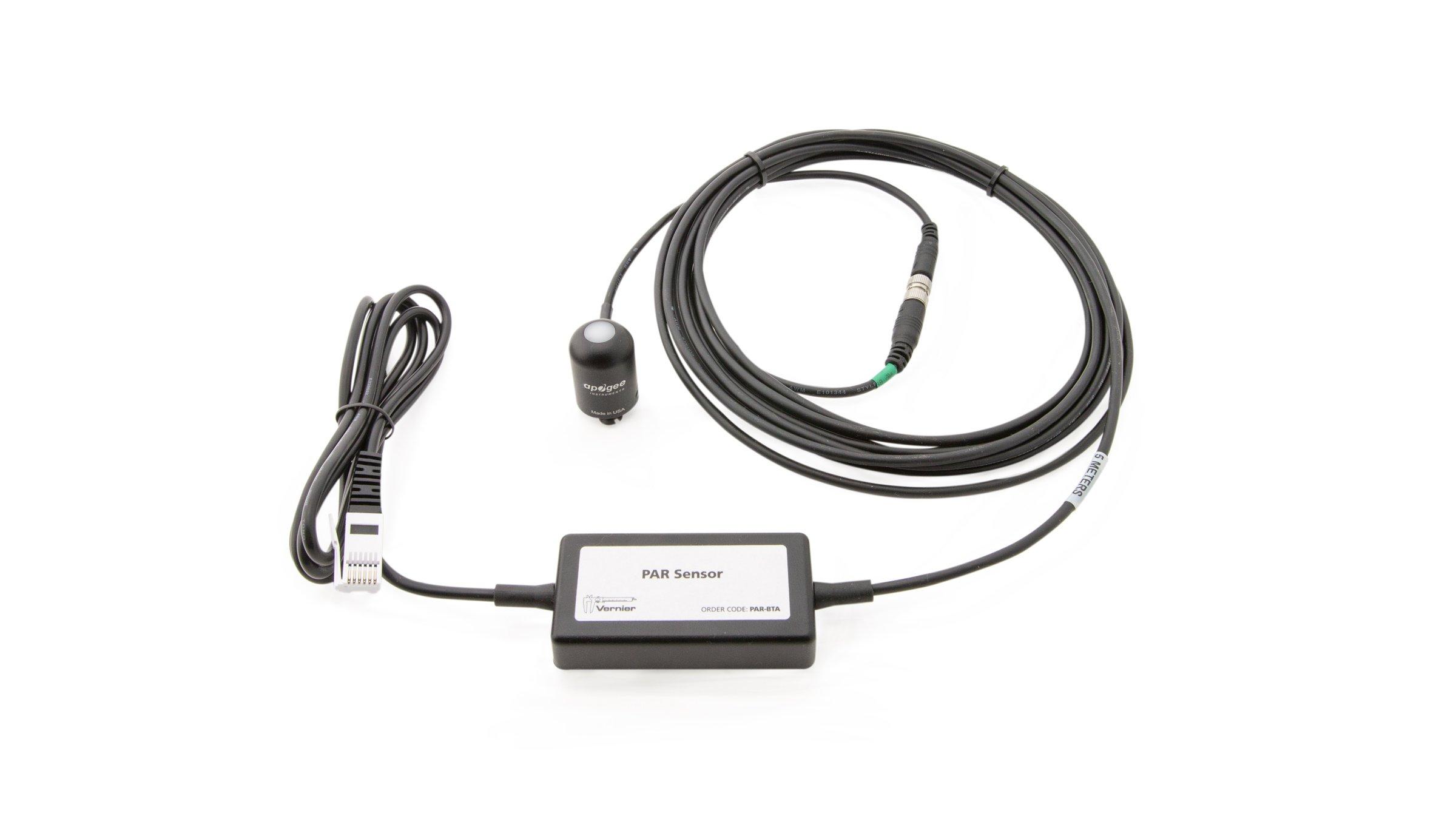Introduction
The process of photosynthesis involves the use of light energy to convert carbon dioxide and water into sugar, oxygen, and other organic compounds. In aquatic ecosystems, the amount of light that penetrates the water column determines how much energy is available for algae and plants to perform photosynthesis. As light passes through the water column, its intensity decreases, otherwise known as attenuation. Because of light attenuation, as water depth increases, less energy is available for plants to perform photosynthesis.
Light attenuation is affected by many factors including chemical compounds, suspended solids, and even plankton. Nutrient rich (eutrophic) bodies of water tend to have higher attenuation levels than bodies of water that are low in nutrients (oligotrophic). In other words, the clearer the water, the farther the light can penetrate the water column.
The most common way to measure light attenuation and turbidity is to use a Secchi disk. The disk is lowered into the water column until it is no longer visible. While this is an easy way to observe attenuation, it is open to subjective interpretation. To determine the amount of light available for photosynthesis at different depths, a sensor that measures photosynthetically active radiation (PAR), such as the Vernier PAR Sensor is used.
Objectives
Use a PAR Sensor to measure the amount of photosynthetically active radiation at different depths in a body of water.
Sensors and Equipment
This experiment features the following sensors and equipment. Additional equipment may be required.
Ready to Experiment?
Ask an Expert
Get answers to your questions about how to teach this experiment with our support team.
- Call toll-free: 888-837-6437
- Chat with Us
- Email support@vernier.com
Purchase the Lab Book
This experiment is #18 of Water Quality with Vernier. The experiment in the book includes student instructions as well as instructor information for set up, helpful hints, and sample graphs and data.


